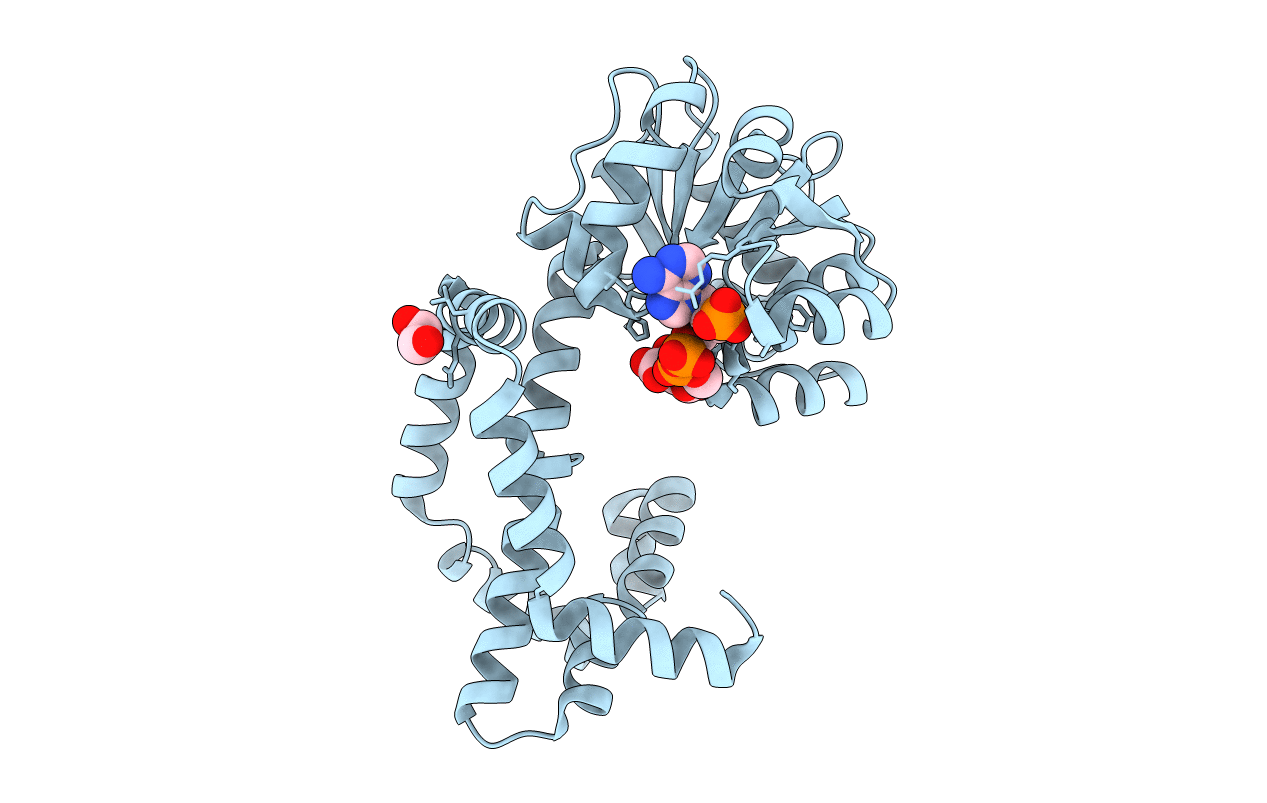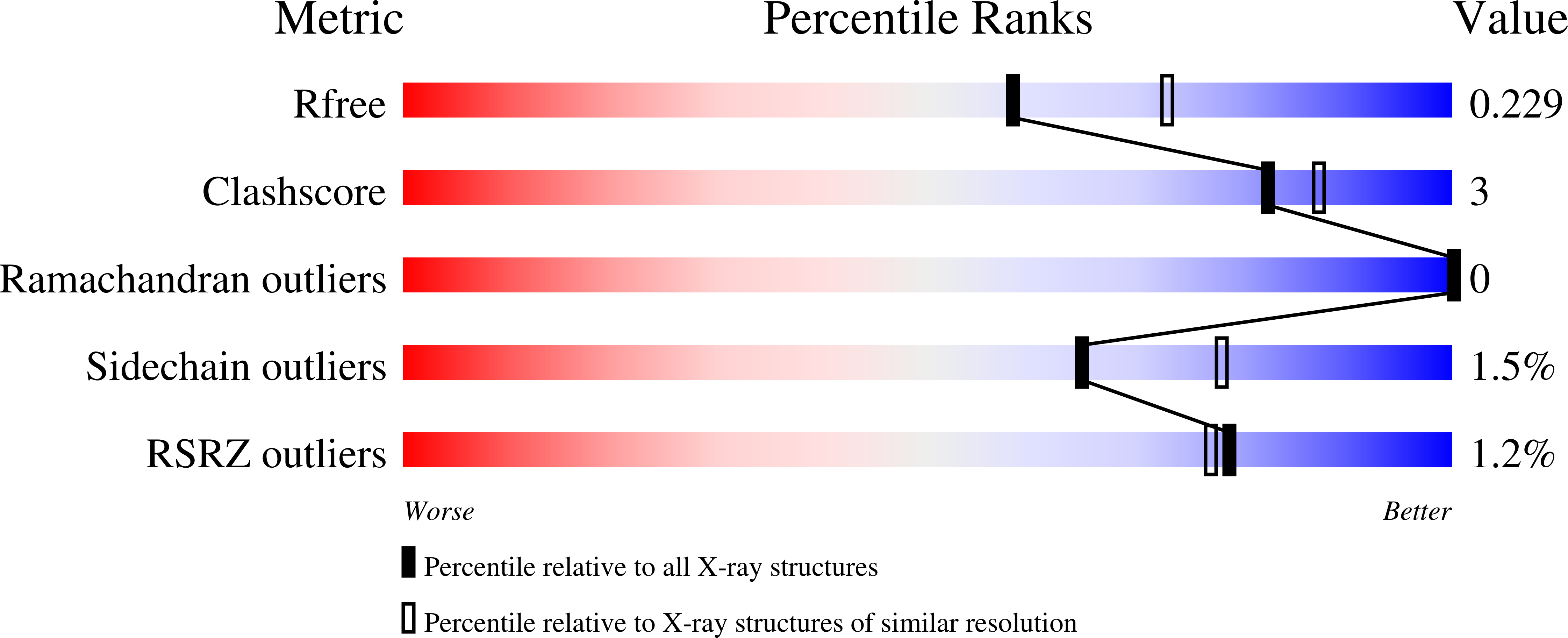
Deposition Date
2021-10-14
Release Date
2021-12-08
Last Version Date
2024-01-31
Entry Detail
PDB ID:
7Q07
Keywords:
Title:
Ketol-acid reductoisomerase from Methanothermococcus thermolithotrophicus in the open state with NADP and tartrate
Biological Source:
Source Organism:
Method Details:
Experimental Method:
Resolution:
2.20 Å
R-Value Free:
0.21
R-Value Work:
0.18
R-Value Observed:
0.19
Space Group:
I 2 3


